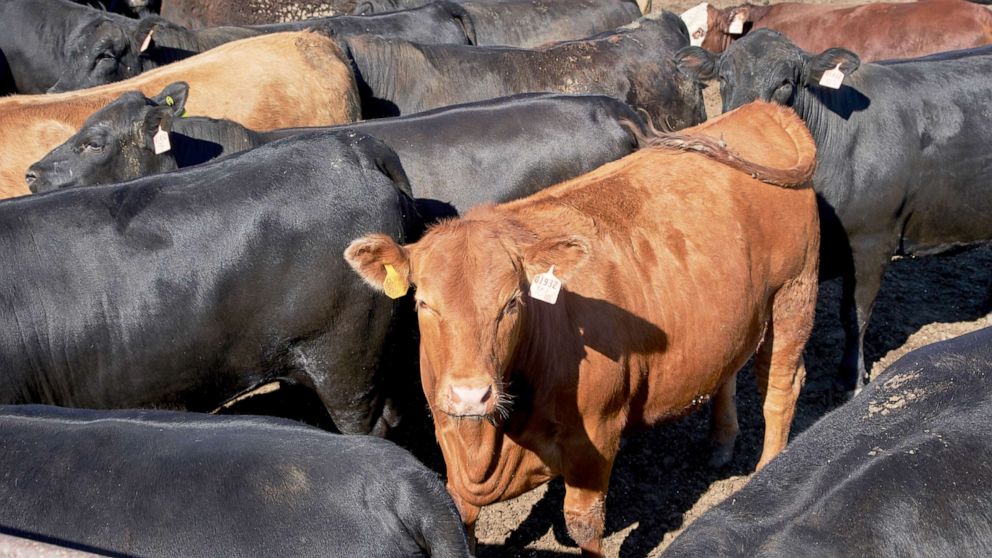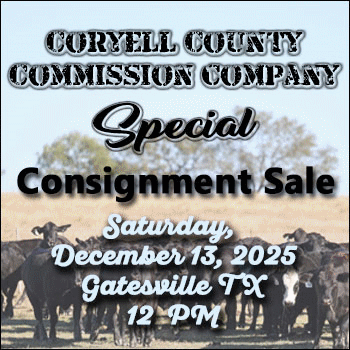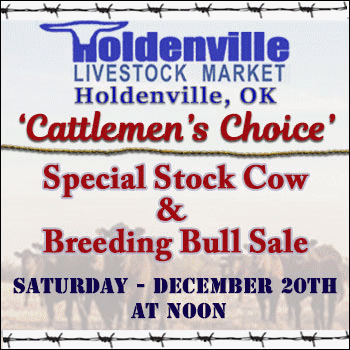The inventory of cattle on feed over 150 days remained sharply larger than that of the prior five years and will certainly impact the fed cattle through the first quarter.
Stephen R. Koontz, Department of Agricultural and Resource Economics, Colorado State University
The USDA Cattle on Feed Report released on January 19 with new information regarding what happened in the cattle feeding sector during December was decidedly neutral. All the main pieces of information were very much in line with pre-report expectations. Placements are the most important piece of information in the Cattle on Feed report. Marketings can be assessed through daily and weekly slaughter information. And on feed inventories are largely the net changes due to these marketings and placements.
Placements were lower than those of the prior year and were exactly as anticipated. Pre-report expectations suggested that placements would be 95.5 percent of the prior year with a range of 91.5 to 98.0 percent. Actual placements during December were 95.5 percent at 1.704 million head. The futures market reacted very modestly lower on Monday with the weakness in the nearby and strength in the deferred contracts. Trading today is likely reflecting simple everyday volatility as opposed to any reaction to the report.
Fed cattle marketings were very modestly softer than anticipated. Pre-report expectations anticipated that marketings would be 99.3 percent of last year with a range of 98.2 to 100.7 percent. Actual marketings during December were 99.1 percent of the prior year at 1.725 million head. The sharply colder winter weather has slowed animal performance and gains. Likewise, the poor packer margins and softening of some beef product prices have not incentivized packers to play catch up.
I have discussed in prior newsletters that cattle on feed inventories would likely continue to tighten from the peaks in 2022. The beginning of January saw an inventory of 11.930 million, modestly larger than the beginning of December’s inventory of 11.682 million head. And this was modestly larger than the inventory for the beginning of November. But all of this was as expected. The pre-report survey suggested that the on-feed inventory would be 102.2 percent of last year with a range of 101.4 to 102.5 percent. Actual inventories were 102.1 percent of the prior year. Weather is one cause. The other are the beef prices and downstream margins. Tighter supplies are in this market’s future, but we are not there yet. The changing fundamentals needed for this are strong marketings across several months and improvements in packer margins.
The inventory of cattle on feed over 150 days was down in December but remained sharply larger than that of the prior five years. That strong increase occurred in October and persists. This long feed inventory of animals will certainly impact the fed cattle through the first quarter. Both cattle on feed over 120 days and over 90 days are also sharply higher. And all of these on feed over days are calculated and not in the report. However, the inventory-based outlook appears rather bearish.
The Markets
What does the technical picture say? All cattle futures contracts have been in a rally since the sharp down move from late September to early December. The steep downtrend in all contracts has been broken and this is a buy or a bullish signal. Support is also set at the low prices since last December. But it may be premature to identify an uptrend. The trends that I see from December into 2024 are a bit steep. Steep trends are easily broken without the market changing direction. I believe the cattle market will have strength into 2024. But I would not be surprised if the live and feeder cattle contract prices were soft for much of the first quarter and until the strength of the normal seasonal beef demand rally becomes more known. I anticipate uptrends forming in most if not all contracts. Watch your charts.












